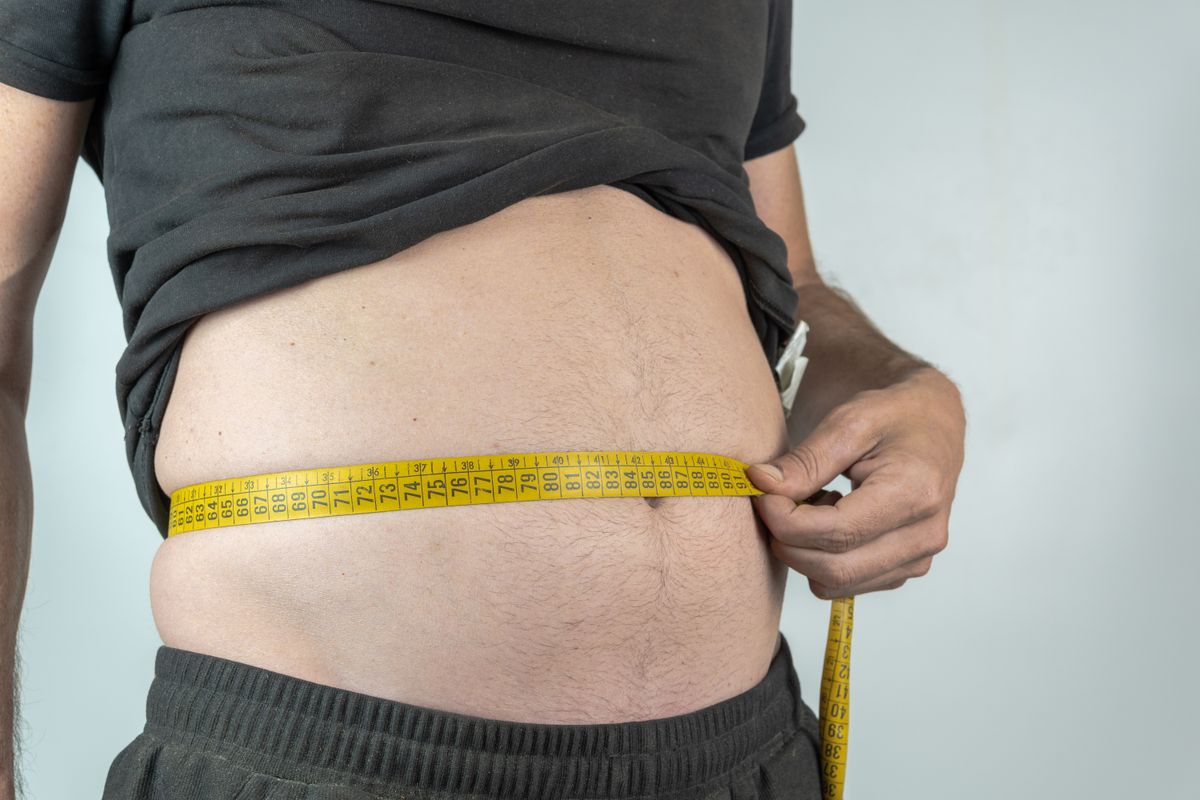The accumulation of a beer gut is a gradual process that often goes unnoticed until the day arrives when your clothes feel tighter and your belly starts spilling over your jeans. Whether you've recently become aware of the encroaching beer gut or have been grappling with it for some time, you're likely eager to discover effective ways to quickly bid it farewell. Look no further, as we've consulted with experts who have generously shared their invaluable tips to kickstart your journey towards melting away that beer belly.
First and foremost, it's crucial to understand that it's never too late to embark on the quest to lose belly fat. Not only will you significantly improve your physical appearance, but you'll also experience enhanced overall well-being. According to Harvard Health, the presence of belly fat enveloping your liver and other abdominal organs, known as metabolically active visceral fat, poses grave health risks. It increases the likelihood of developing conditions such as diabetes, heart disease, high blood pressure, elevated LDL cholesterol levels, and liver problems. To guide you on this journey, we turn to the expertise of The Nutrition Twins®—Tammy Lakatos Shames, RD, CDN, CFT, and Lyssie Lakatos, RD, CDN, CFT—esteemed members of a Medical Expert Board who provide a comprehensive breakdown of the most effective strategies to swiftly eliminate your beer gut.
1) Limit Starchy Carbs:
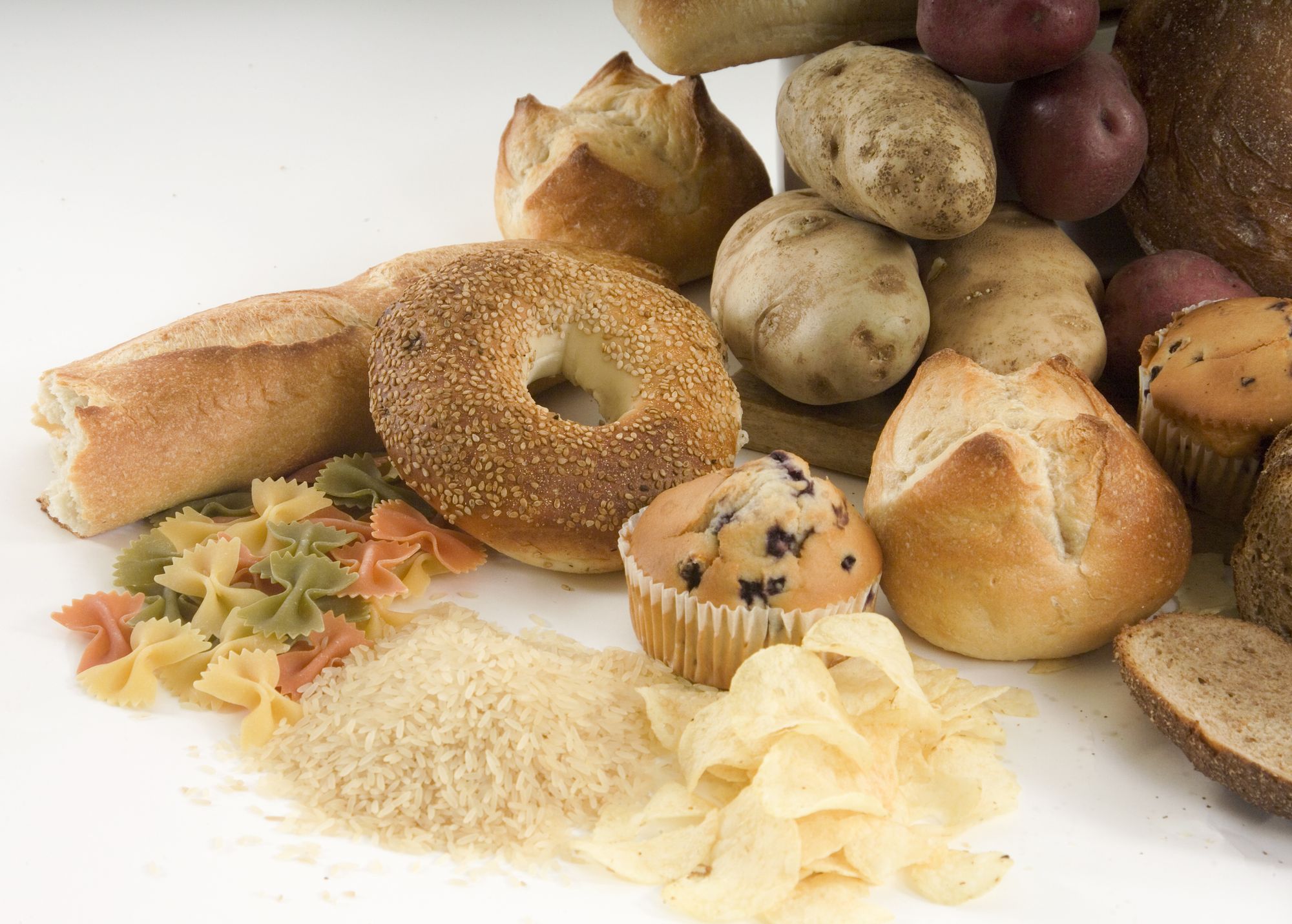
Doughy, processed, and refined carbs such as white bread, pasta, and pastries are calorie-dense and lack fiber. These carbs are quickly digested, leading to energy spikes followed by crashes. Instead, opt for fiber-rich whole grains like quinoa, brown rice, and whole wheat bread. These complex carbs provide sustained energy, promote satiety, and support healthy digestion.
2) Incorporate HIIT Workouts:
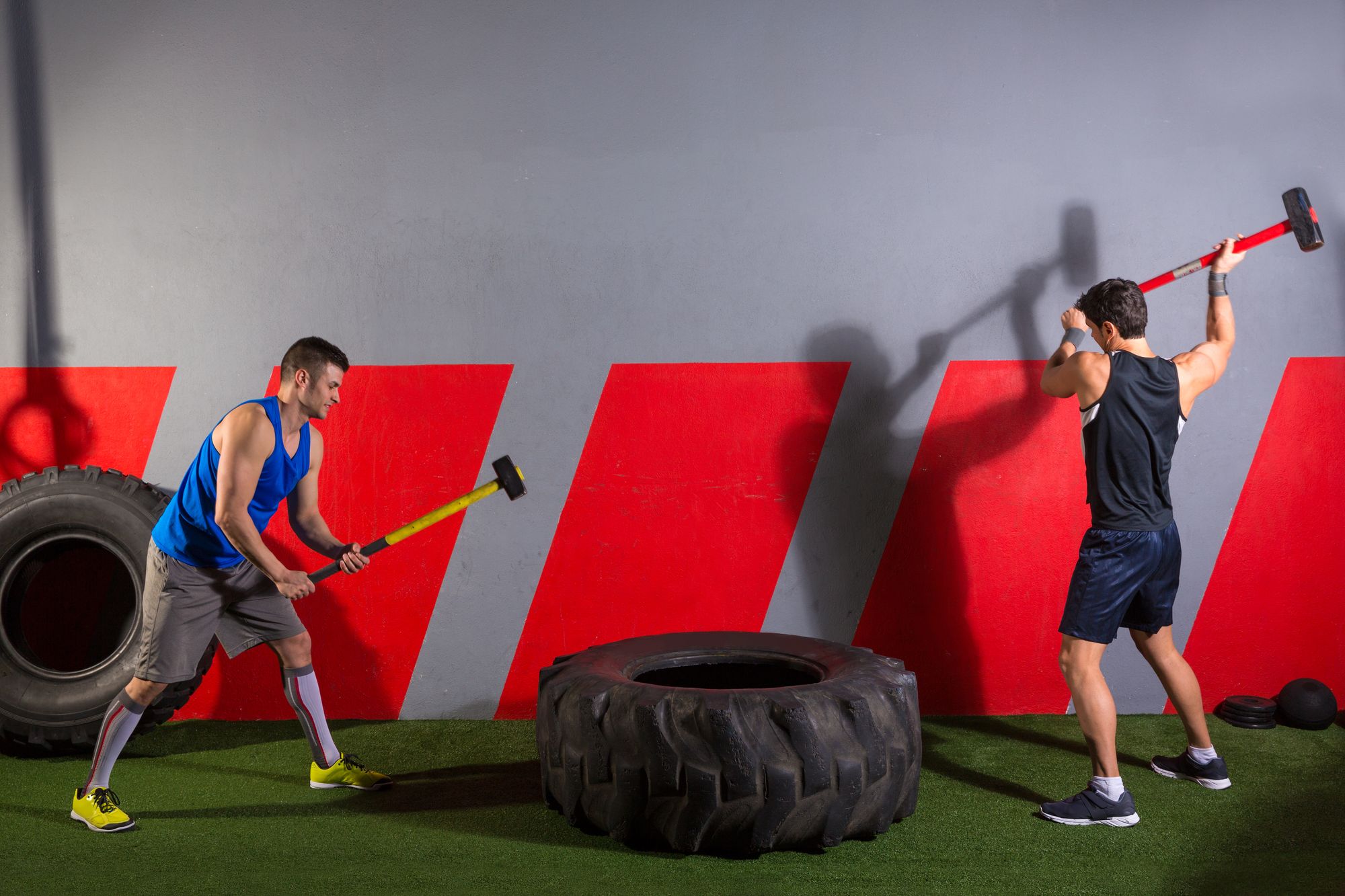
High-Intensity Interval Training (HIIT) involves short bursts of intense exercise followed by brief recovery periods. HIIT has been shown to be effective in reducing subcutaneous and belly fat. It not only burns calories during the workout but also increases your metabolic rate, leading to continued calorie burning even after exercise. Include exercises like sprinting, jumping jacks, burpees, mountain climbers, and high knees in your routine. Aim for 20-30 minutes of HIIT sessions, 2-3 times per week.
3) Prioritize Protein:

Protein is a key nutrient for weight loss and satiety. It helps you feel fuller for longer, reducing overall calorie intake. Aim to include protein-rich foods such as lean meats, poultry, fish, eggs, dairy products, and plant-based sources like legumes and tofu in each meal. Consuming 25 to 30 grams of protein per meal can aid in weight loss, decrease fat mass, and preserve lean muscle tissue. Additionally, protein has a higher thermic effect, meaning your body burns more calories digesting and metabolizing it compared to carbs and fats.
4) Practice Moderation With Alcohol:
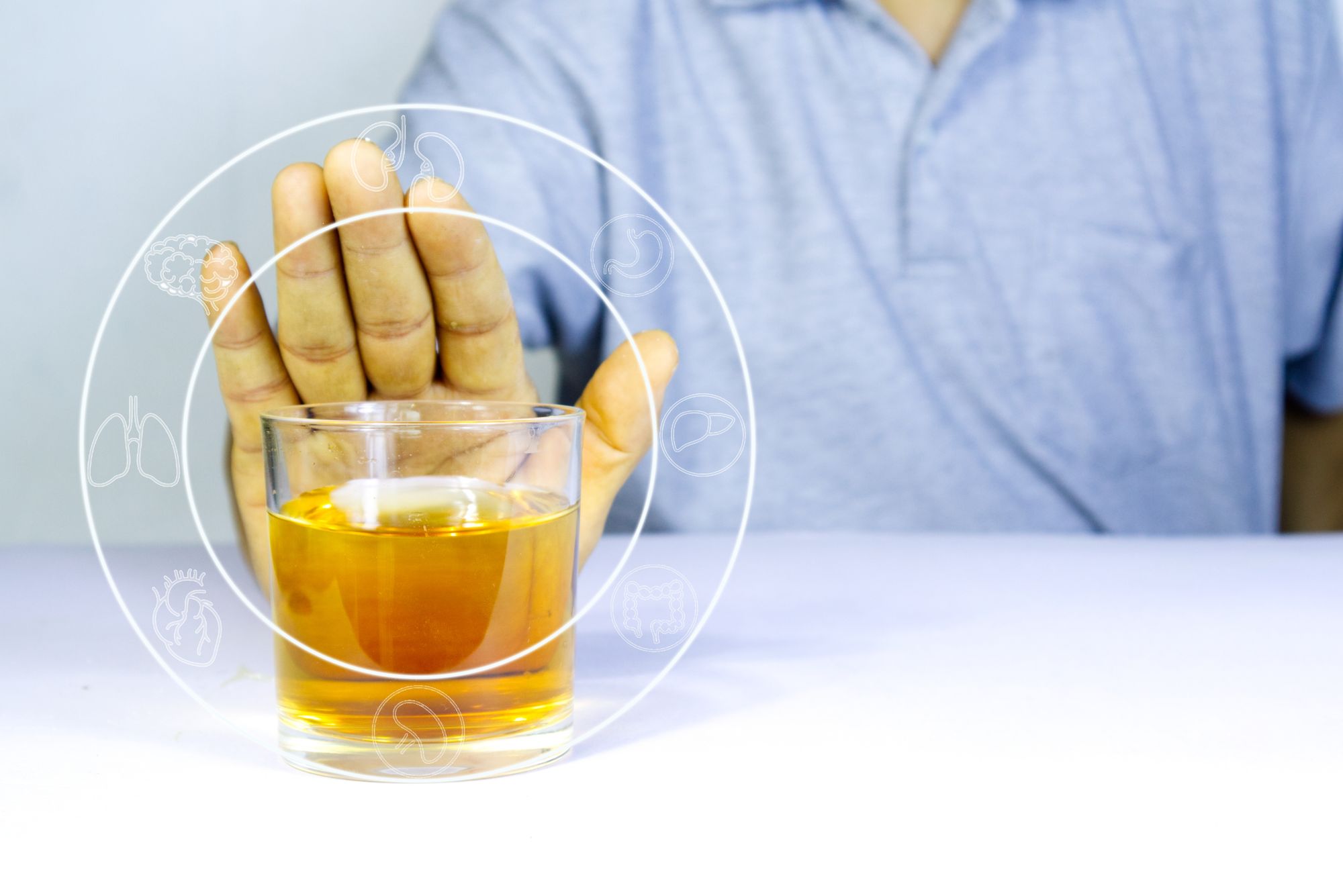
Alcoholic beverages are often high in calories and can contribute to belly fat accumulation. Limiting your alcohol intake can help you shed your beer gut. To minimize the impact on your waistline, try alternating alcoholic drinks with non-alcoholic, calorie-free options like sparkling water with a splash of fruit juice or herbal iced tea. This approach reduces overall calorie consumption and curbs excessive thirst and food cravings. Additionally, be mindful of portion sizes and opt for lighter alcoholic beverages like dry wines or spirits mixed with low-calorie mixers.
5) Stay Hydrated With Water:

Proper hydration is essential for overall health and weight management. Drinking an adequate amount of water throughout the day can help prevent mistaking thirst for hunger, reducing the chances of overeating. Water also fills your stomach, curbing appetite and promoting a feeling of fullness. Aim to drink at least eight glasses (64 ounces) of water per day. Additionally, staying hydrated supports optimal metabolism, digestion, and nutrient absorption.
6) Consume Carbs At The End Of Your Meal:
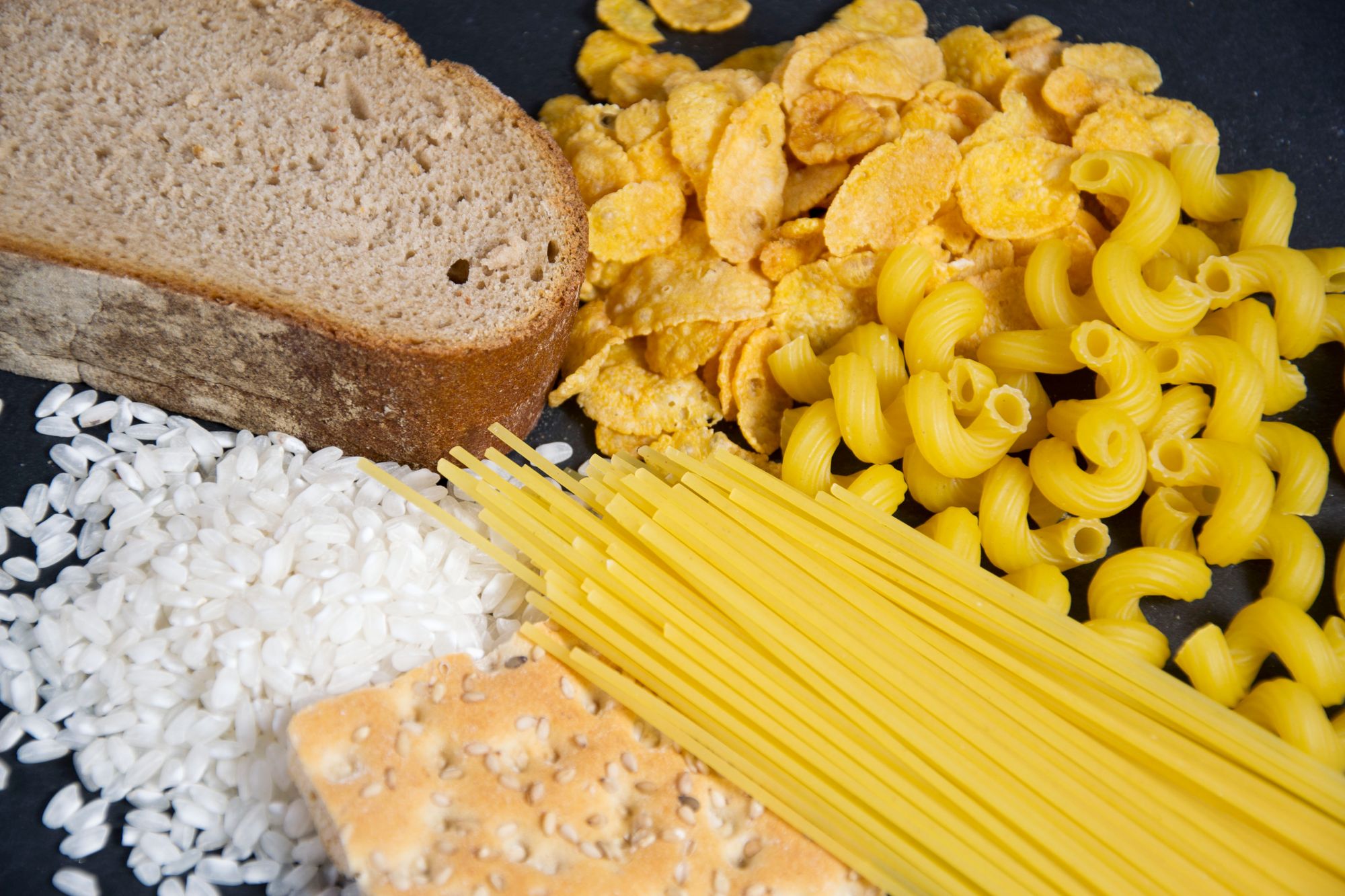
Carbohydrates are an important energy source, but timing their consumption can affect blood sugar levels. By eating protein and fiber-rich foods like vegetables and lean meats first, you can help stabilize your blood sugar. This approach reduces the likelihood of experiencing blood sugar spikes and crashes. When you finally consume carbs towards the end of the meal, choose complex carbohydrates like sweet potatoes, quinoa, and whole-grain products. These choices provide more fiber and nutrients, leading to slower digestion and sustained energy release.

